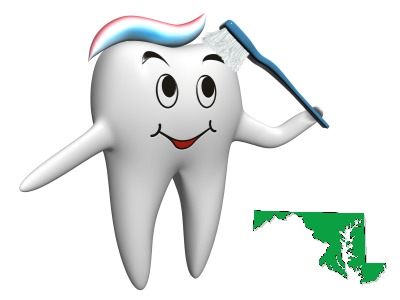 The Affordable Care Act (ACA) requires coverage for ten essential health benefits (EHB). One of these is pediatric dental care.
The Affordable Care Act (ACA) requires coverage for ten essential health benefits (EHB). One of these is pediatric dental care.
In order to get the most value from reading this post, we suggest you first read our earlier post about Virginia’s pediatric dental benefit. Click here.
States have been given leeway in determining requirements for their pediatric dental EHB. As far as we can tell, Maryland’s pediatric dental benefit will be more comprehensive than Virginia’s in terms of what is covered. Although some details are still sketchy, here is what we know:
Pediatric Dental Care EHB in Maryland:
Maryland’s benefit is based upon the state’s Medicaid dental coverage for children (called Maryland Healthy Smiles — one of the most comprehensive plans offered in the country). In order to meet the state’s EHB, a plan must cover the following dental services for children:
- Cleanings
- X-rays
- Root canals
- Crowns
- Medically necessary orthodontics
Maryland has chosen to make dental coverage available in its exchange plans for adults as well, although it is not required.
Pediatric dental benefit in Maryland can be embedded, or stand-alone. (Refer to the earlier post for an explanation of these terms.)
In Maryland, the requirement to have or offer dental coverage is the same inside and outside the exchange. Outside the exchange, medical plans embed dental coverage.
As details become more available, we will keep you posted.
In the meantime, please let us know if we can be of service.
Please be patient as we manage a high volume of calls and emails.






I just called my insurance, UnitedHealthcare, after reading this article, and they could not find any pediatric dental benefits at all in my plan. All they cited was accidental damage to teeth or medical treatment in the hospital. I’m in Maryland and I got a family medical plan from the employer, pretty expensive too. No pediatric dental benefits.
Hi Joanna! Thanks for your question. I suggest you check with your employer – there are a few possibilities as to why the employer is not required to have these benefits. For example their size may exempt them from having to offer pediatric dental or they may have a 2013 plan that has not renewed in 2014 yet.